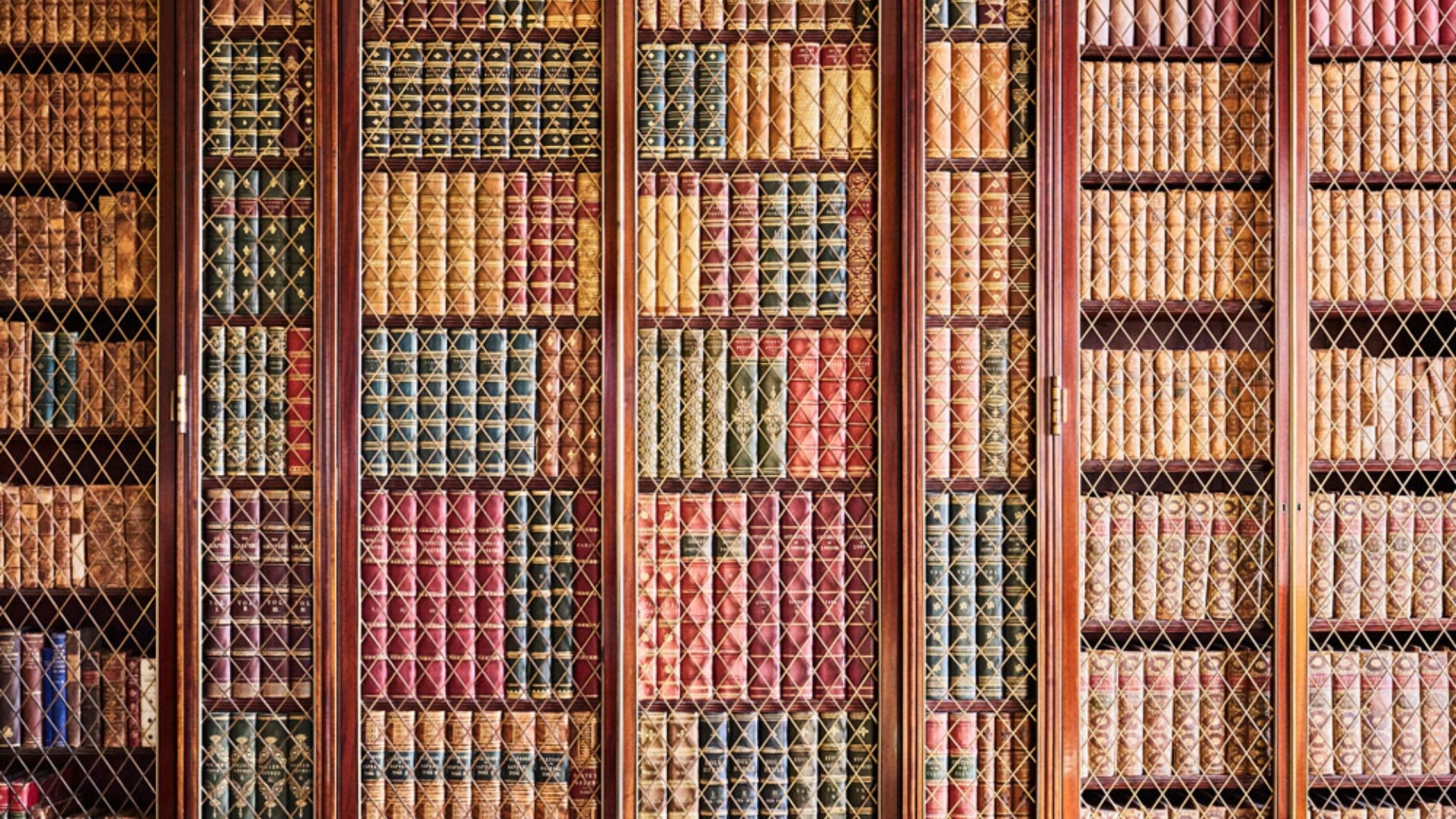Somerley history
Perched on the high west bank overlooking the Avon’s water meadows two miles north of Ringwood, Somerley is in a strip of Hampshire between the New Forest and the Dorset border. Somerley has been in the ownership of the Earls of Normanton since it was acquired in 1828 by the 2nd Earl of Normanton. The House remains a private home occupied by the current Earl of Normanton, who is the eldest son of the Sixth Earl.
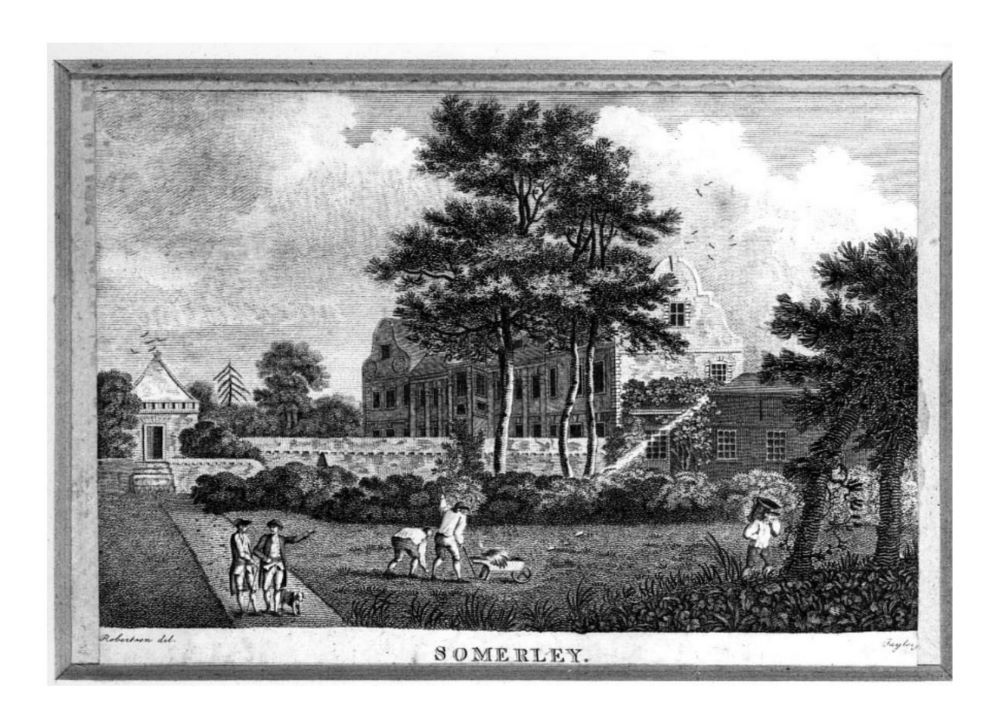
1600-1700
The history of Somerley House and its early origins, go back hundreds of years to its first occupation by the Okden family of Ellingham and Moyles Court in 1653. The Okden’s sold Somerley to Sir William Doddington, whose family built the original house, located in the lower parkland of the Estate (now known as The Walled Garden). This original dwelling boasted Flemish gables and a tall order of pilasters, very modern for its time and quite different from the Somerley House we know today. Due to a fire, this original property was razed to the ground and a new dwelling was built. This was to become Somerley House which stood proud in an elevated position, commanding panoramic views of the surrounding parkland, the River Avon and the New Forest.
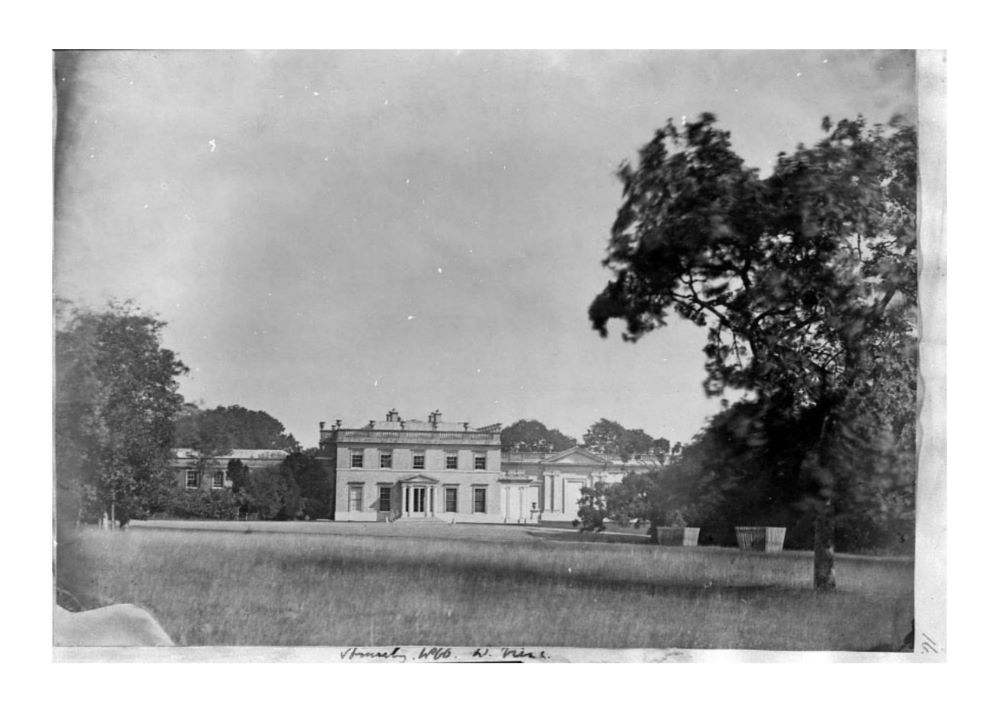
1700 -1800
Sir William Doddington had bought and built Breamore House situated just south of Fordingbridge and acquired Somerley to extend their lands and to provide suitable living for a second son. It is believed that the house and Estate was sold by Sir William Doddington’s son in about 1700 following which its history is obscure until in 1782 when a son of the 10th Lord St John of Bletsoe sold the property to a Daniel Hobson of Salford in Manchester.
Daniel Hobson was a wool merchant and following the catastrophic fire in the original House he decided to move the position of Somerley House to the edge of the higher ground above and westward of the original building. This starts the beginning of the current Somerley House and its position today.
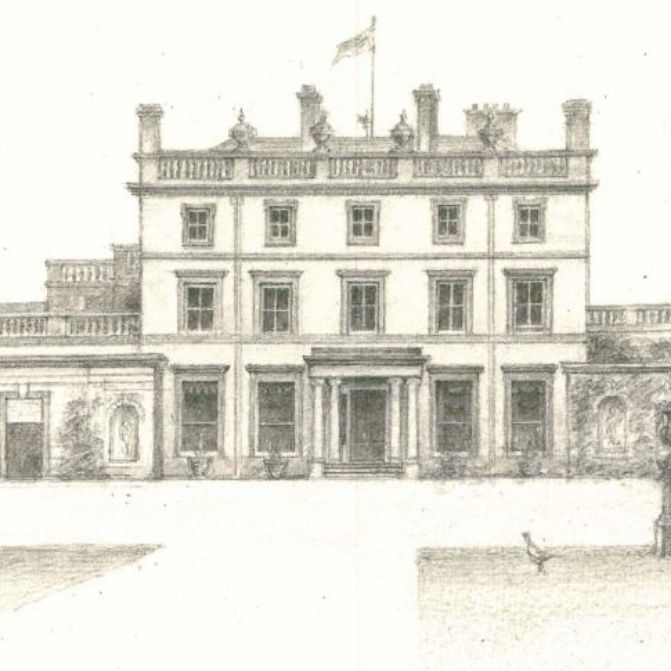
1800-1900
From the architectural drawings, it has been ascertained that this house was designed by the Wyatt brothers but predominantly Samual Wyatt who died in 1807. On Daniel Hobson’s death in 1805 the property was inherited by his son, Edward Hobson, who was also a Clothier or Woolstapler from Salford. However, it would appear that the Hobson’s delay in beginning the building, the slowness of its progress and the failure to complete it suggests the sad story of hopes of fortune in the industrial North deferred by the French war or personal tragedy and finally bought to nought. This lead to the subsequent sale of Somerley House with the new purchaser being Henry Baring, belonging to the great banking family – the head of which was Sir Frances Baring. It was in unfortunate circumstances that his daughter from his first marriage died at a young age which lead to Henry Baring owning Somerley for only ten years, following which the House and Estate was put up for sale once again in 1828.
This is the beginning of the ownership of the Agar family. The 1st Earl of Normanton was the third son of Viscount Clivedon of Gowran who began his career in the church as chaplain to the Duke of Northumberland and soon progressed up the religious hierarchy becoming the Bishop of Dublin and Primate of Ireland in 1809.
It was Welbore Ellis Agar, 2nd Earl of Normanton, who was put forward as a possible purchaser of Somerley House and Estate in 1828 by a mutual acquaintance of both the 2nd Earl and Henry Baring, this being Sir Robert Peel.
The 2nd Earl of Normanton (1778-1868) having purchased the House and Estate in 1828 went about an elaborate exercise of completing the unfinished rooms as well as accumulating the furniture required in such a House. He was an ardent collector of paintings and rival to King George IV in the sale room where he succeeded in purchasing the majority of what now remains within Somerley House.
The 2nd Earl purchased the majority of the furniture for the Wyatt rooms, and this reveals the cosmopolitan nature of his neoclassical regency taste.
The ebonised sofa with gilt swans for arms is a classic example of such furniture which can be seen in the inner hall. However the 2nd Earl’s principal interest was in the collection of paintings and to receive the greater part of which he added in 1850 the 90ft long Picture Gallery. Although the 2nd Earl began collecting his paintings from 1816 onwards and acquiring the majority of the works by Reynolds most notably from the Marchioness of Thomond’s sale in 1821, it was a few years before he made the decision to add the Picture Gallery to Somerley House. He was regarded as one of a group of great collectors flourishing in the Regency reign of King George IV and outside of gallery collections has accumulated one of the finest private collections of works of art by Sir Joshua Reynolds. Of particular note are the Seven Virtues which were painted between 1778 and 1781 by Sir Joshua Reynolds for use in the reproduction of the West Window of New College Chapel, Oxford. This series of paintings sold in 1821 were purchased by the Second Earl of Normanton for the princely sum of £5,565.
When the 3rd Earl succeeded in 1868 he had half a dozen young children and his Countess was soon to give him two more. The Wyatt House despite having a great Picture Gallery appended was too small for so large a family so William Byrne, veteran Architect of Baronial Mansions, was summoned to provide extra nursery and social accommodation which was needed. An additional floor was added to the House to provide the much-needed bedrooms for the 3rd Earl’s growing family.
The 3rd Earl’s alterations proved to be far reaching and expensive but the integrity of Samual Wyatt’s work has remained intact. The 3rd Earl clearly decided to take advantage of the upheaval to re-model many of the principle rooms in accordance with a prevailing Adam/Louis XVI taste similar to the modifications at Malborough House. Extra rooms were also added to the entrance front to accommodate the Victorian taste for smoking and billiards connecting to a newly extended porch through a court and conservatory.
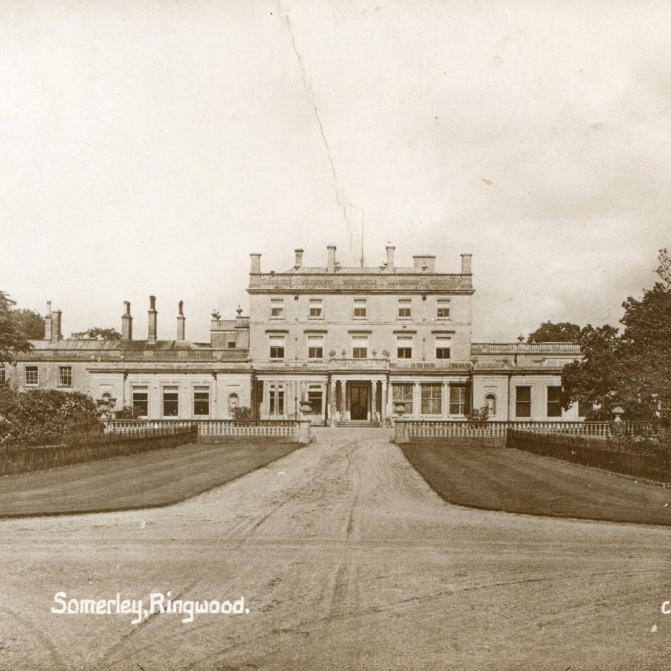
1900-2000
The House during the occupation of the 3rd and 4th Earl was at its largest, however as the economy and the onset of war became apparent at the turn of the 20th century the ground floor additions as well as the servants wing comprising 26 bedrooms were removed by the 5th Earl.
Today Wyatt’s splendid house remains in a slightly more compact yet still sizeable form to be enjoyed by The Earl and Countess Normanton and their young family.
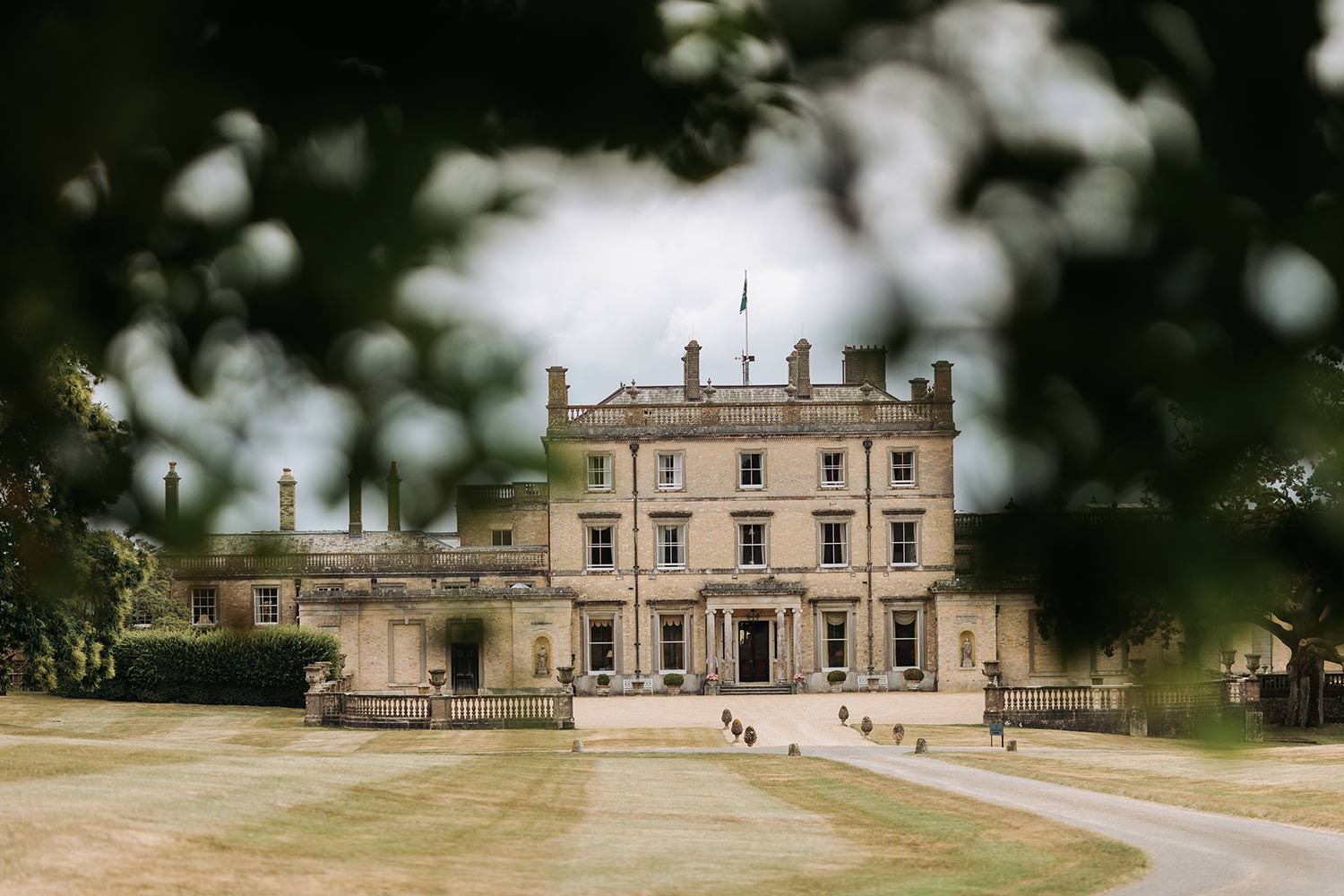
Get in touch
Somerley
Somerley, Ringwood, Hampshire BH24 3PL, UK
